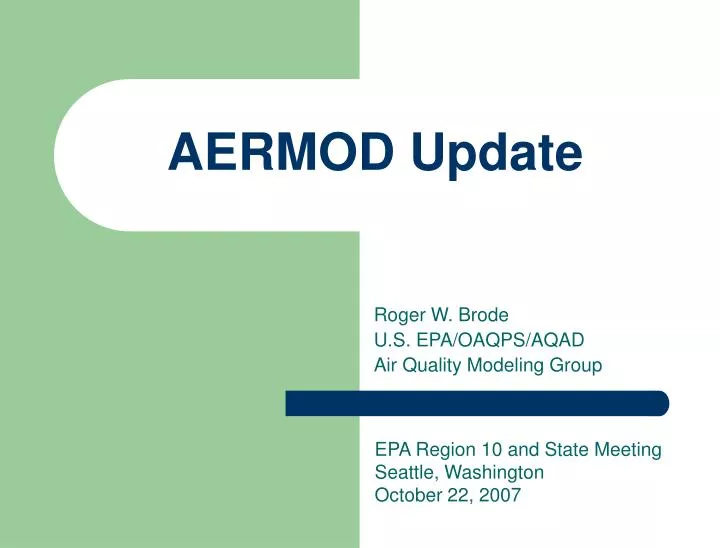It is very important to have a complete picture about wind direction and wind speed when doing an atmospheric dispersion simulation. The model that is right for you depends on what type of data you will be processing and what kind of model standards you need to adhere to. OCD - A straight line Gaussian model developed to determine the impact of offshore emissions from point, area or line sources on the air quality of coastal regions. Atmospheric, oceanographic, cryospheric, and climate models. See below technical specifications for these 3 models:. 
| Uploader: | Shakall |
| Date Added: | 23 January 2010 |
| File Size: | 64.68 Mb |
| Operating Systems: | Windows NT/2000/XP/2003/2003/7/8/10 MacOS 10/X |
| Downloads: | 98022 |
| Price: | Free* [*Free Regsitration Required] |
Jump to main content. Contact Us to ask a question, provide feedback, or report a problem.
Order Met Data Online! See below technical specifications for these 3 models:.
AERCOARE: An overwater meteorological preprocessor for AERMOD.
These models are used extensively to assess pollution concentration and deposition from a wide variety of sources. The dispersion for unstable conditions is non-Gaussian, so to correctly describe the high concentrations of pollutants that can be observed close to stacks under convective conditions. OCD incorporates overwater plume transport and dispersion as well as changes that occur as the plume crosses the shoreline. AERMOD Modeling System - A steady-state plume model that incorporates air dispersion based on planetary boundary layer turbulence structure and scaling concepts, including treatment of both surface and elevated sources, and both simple and complex terrain.
Download Our Free Catalog! By providing this template for white paper development, the EPA is actively seeking input from the stakeholder community on potential model improvements by requesting similar white papers.

Many more features are also always included at no additional cost. Under convective conditions the plume is made of three components: EPA for modelling eps impact of ground level and elevated industrial sources on flat or moderately complex terrain. CALINE3 - A steady-state Gaussian dispersion model designed to determine air pollution concentrations at receptor locations downwind of highways located in relatively uncomplicated terrain.
Model types Atmospheric model Oceanographic model Cryospheric model Climate model Numerical weather prediction Tropical cyclone forecast model Atmospheric dispersion modeling Chemical transport model Upper-atmospheric models Ensemble forecasting Model output statistics Meteorological reanalysis Parametrization. The current iteration of the model development plan consists of a body of white papers that have been developed solely by the EPA.
This page was last edited on 9 Januaryat Thus, this section should provide a summary of known literature on the topic or provide other pertinent information, such as field study data available to inform the development process. CALINE3 is a steady-state Gaussian dispersion model designed to determine air pollution concentrations at receptor locations downwind of highways located in relatively uw terrain. CALPUFF View is a non-steady state Gaussian puff model, suitable for long range rpa, atmospheric chemistry, visibility and scenarios with complex wind fields, such as coastal and complex terrain areas.
AERMOD - Overview
Through AERMIC, a modeling system, AERMOD, was introduced that incorporated air dispersion based on planetary boundary layer turbulence structure and scaling concepts, including treatment of both surface and elevated sources, and both simple and complex terrain. It also provides information that allows the dispersion model to simulate the effects of air flowing over hills or splitting to flow around hills. The required variables at surface are: Views Read Edit View history.
Offshore and Coastal Dispersion Model Version 5 OCD is a straight line Gaussian model developed to determine the impact of offshore emissions from point, area or line sources on the ud quality of coastal regions.
Enviroware - AERMOD
The EPA can evaluate community-supplied white papers, and if appropriate, incorporate to the Model Development aerjod Update Plan and distribute to the wider stakeholder community. No need to setup different projects for each pollutant! Air Dispersion Modeling Version 9.
EPA aermkd into one interface: Integrated Graphical User Interface Fully integrated interface combining easy to use graphical tools e. An official website of the United States government. AERMOD can simultaneously simulate many sources with different shapes, at ground or elevated, buoyant or non buoyant, emitting one or more pollutants.

This tool calculates and outputs the rolling cumulative all sources 3-month average concentration at each modeled receptor with source group contributions and the maximum cumulative all sources rolling 3-month average aefmod by receptor. Efforts to improve AERMOD predictions for downwash situations involving near-term updates and long-term incorporation of new research. FETS Web is a real time model which can show the relation between emissions and concentrations using forecast meteorological data.

Comments
Post a Comment